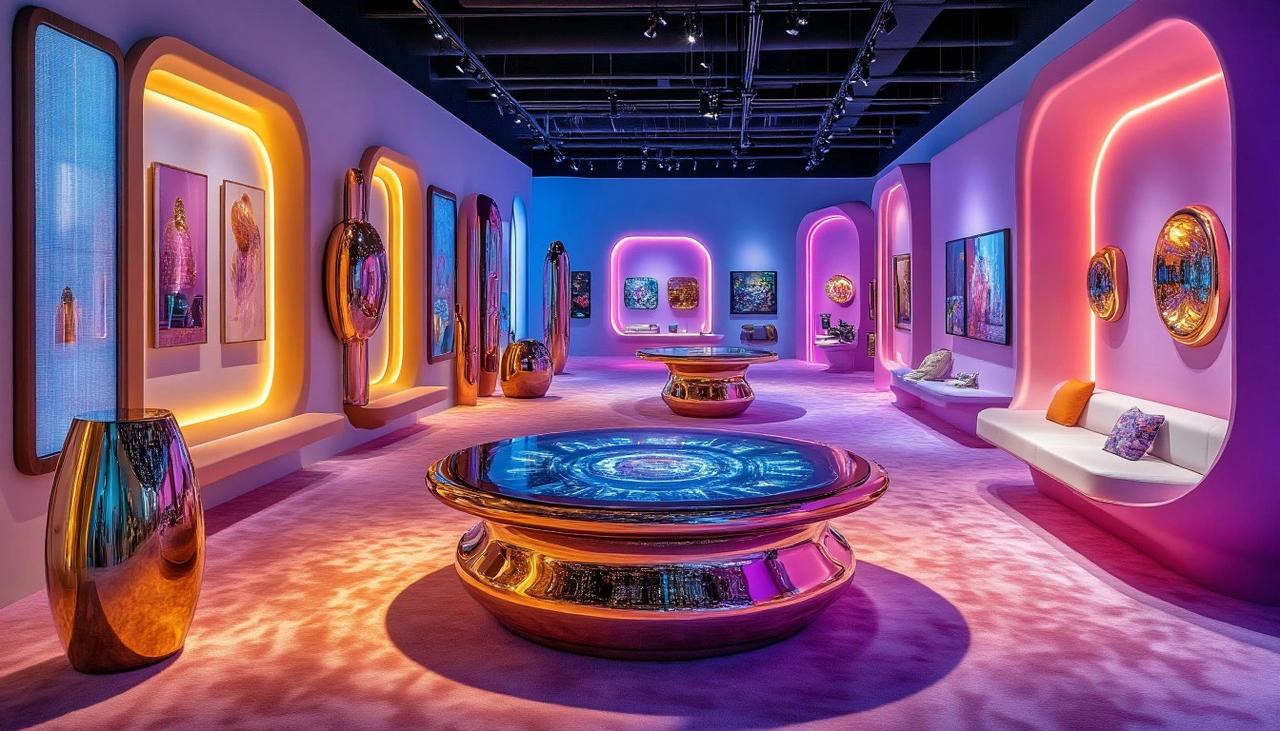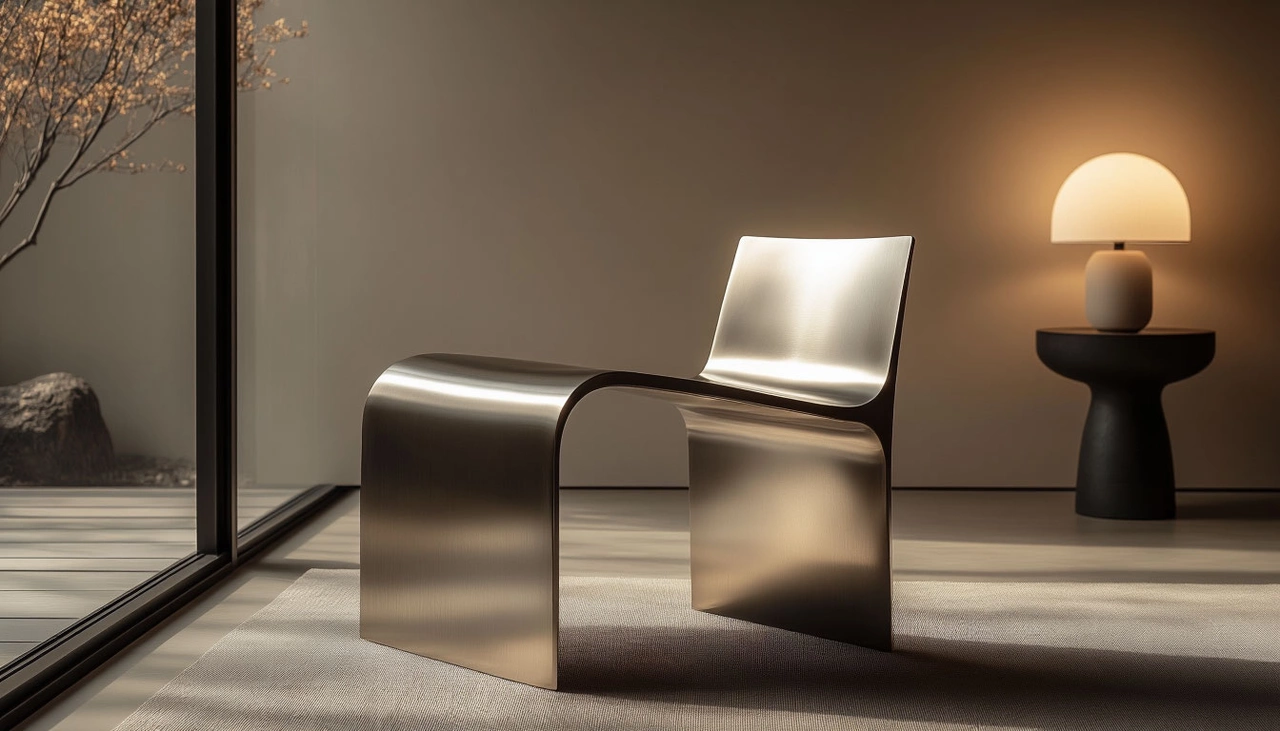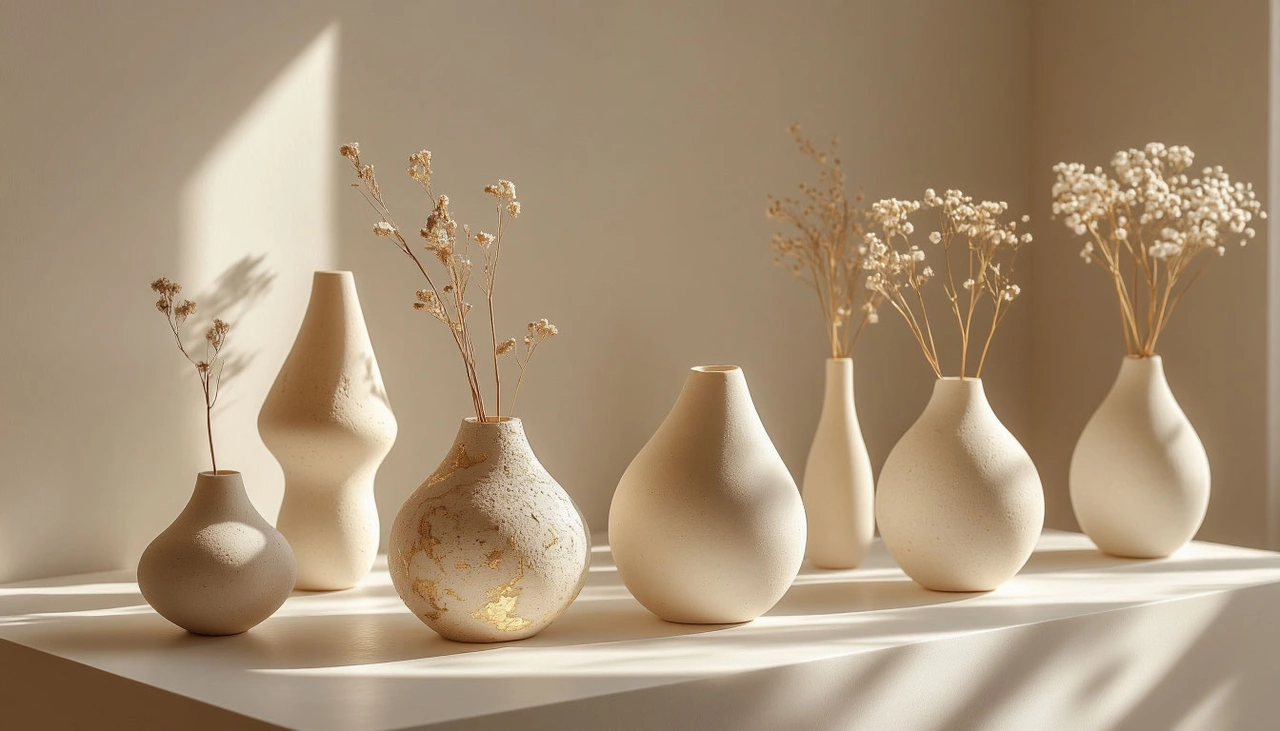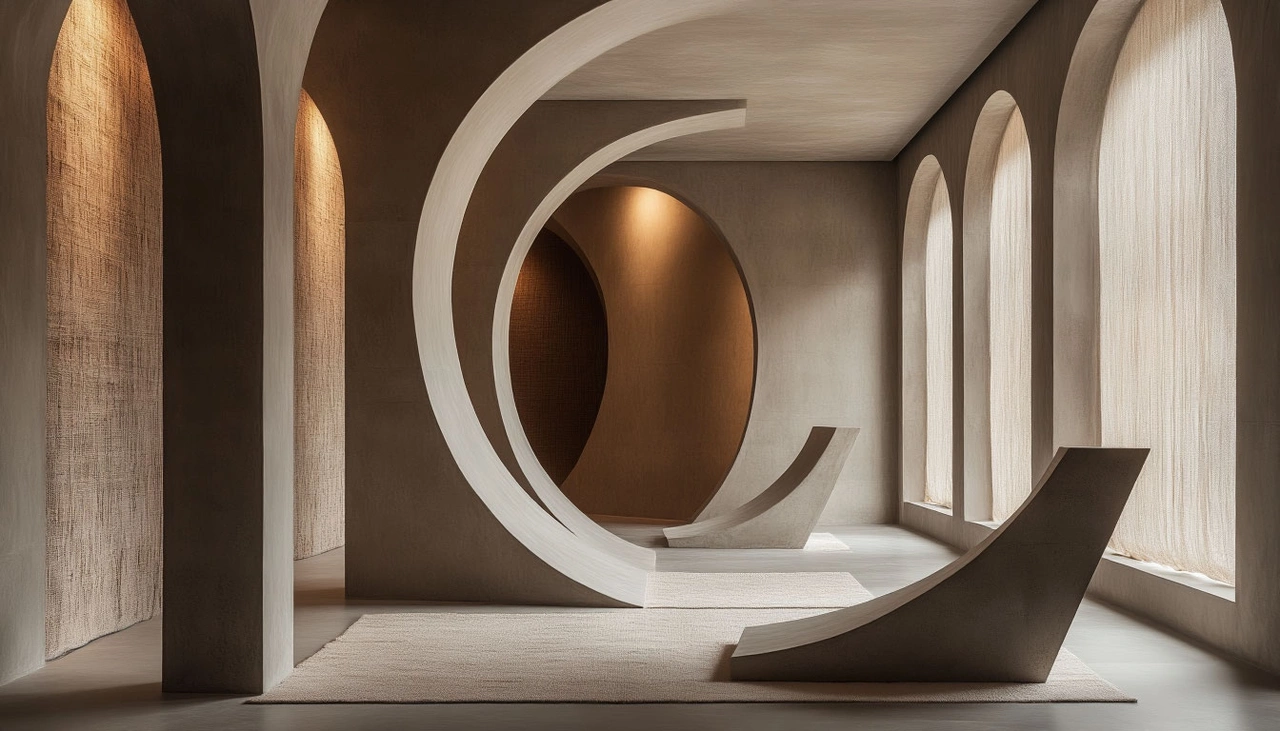🌍 Design in Times of Turbulence: 5 Emerging Talents Reimagine the Future

At this year’s Design Shanghai, one of the most thought-provoking sections was undoubtedly Talents+. Founded in 2020, this platform has grown into a powerful stage for emerging designers from China and around the world. The initiative empowers young creatives to express their vision freely, challenge conventions, and experiment with form and material. In 2025, the section took a bold thematic leap with “Confront Conflicts,” examining how design responds to an era marked by instability, war, and social fragmentation.
The exhibition featured 14 individual designers and studios, each presenting a unique perspective on how creative work can reflect, process, or even soften the impact of global crises. What should design look like when the world feels unstable? What emotional or intellectual role can objects play when security and peace are in question?
Let’s explore five standout participants whose visions stood out with radical honesty and poetic innovation.
🧠 Yin Dahua: Poetic Resistance to Technological Domination
Yin Dahua explores the intersection between the human body and the external world. His work questions the dominance of technology and rational thinking in contemporary life, offering instead a more sensory, embodied approach. His fragmented religious relics and tattooed totems serve as tributes to the flesh — a reminder that the body, with all its flaws, carries warmth, memory, and rebellion.
As Yin states, “In an age ruled by data, I highlight the dissonance between personal perception and so-called ‘objective reality’ by emphasizing the tactile and emotional.” His artifacts resemble ancient echoes of humanity’s enduring love affair with its own physical form.

🪑 Masaya Kawamoto: Embracing Imperfection Through Material Alchemy
Tokyo-based designer Masaya Kawamoto began his career designing office furniture for corporate clients but quickly shifted gears to found his own studio, where he pursues human-centric, material-driven design. His most emblematic piece — the PF chair — exemplifies this ethos. Crafted and colored by hand, each chair undergoes an unpredictable transformation in the kiln, making every piece unique.
Two finishes — Oboro and Kasumi — reference soft mists and elusive atmospheres, reflecting Kawamoto’s sensitivity to natural nuance. Each chair’s color and texture depend on the steel's thickness and cooling speed, meaning no two are alike — a quiet celebration of irregularity.

🧬 Abid Javed / Objets Mito: Where Biology Meets Form
London-based designer Abid Javed draws inspiration from the invisible worlds of mitochondria, cellular structure, and microbiology. His project Objets Mito explores sculptural biophilia — where biology and art entwine to form limited-edition pieces that blur the line between design and life.
Using clay as a base, he incorporates bronze, glass, and paper into abstract forms that resemble living organisms. At Design Shanghai, Javed extended the sensory experience further by adding custom fragrances to his sculptures — inviting visitors not only to see and touch, but also to smell the design.

🏛️ Doucement Design Studio: Where Architecture Meets Fabric
The French-named Doucement Studio blends architecture and fashion to explore the tension between hard and soft materials. “We find beauty in contrast,” the designers explain. “Like our name implies — softness — we draw inspiration from flowing organic forms and fleeting emotional states. We believe strength can also manifest through tenderness.”
Their work investigates this duality using textiles and concrete-like structures, turning domestic space into a metaphorical stage where emotion, weight, and delicacy coexist.

💡 RE+N Studio: Designing Light for a New Tomorrow
Founded by Harvard and Tsinghua alumni Yuting Zhang and Pu Zhang, RE+N (Re-Evolve Narrative Studio) operates at the intersection of architecture, storytelling, and sustainability. Based between Hangzhou and Shanghai, the studio emphasizes context and memory in its work.
Their debut series, Lunar Gleam, transforms light into an architectural medium. Crafted from recycled aluminum and 3D-printed bioplastics (PLA/PETG), these modular pieces function as both lamps and large-scale spatial installations. The series underscores the studio’s dedication to environmentally conscious design and the poetic potential of technology.
Close